Cherokee History and Culture
The History and Culture of the Eastern Band of Cherokee Indians
In the Great Smoky Mountains in Western North Carolina, the Eastern Band of Cherokee throws open its doors and warmly invites you to visit to learn about their culture and history. As you learn the story of their origins, past tragedies, and into their resilient and proud present, you’ll understand quickly that everything is presented with a focused eye to a bright future.
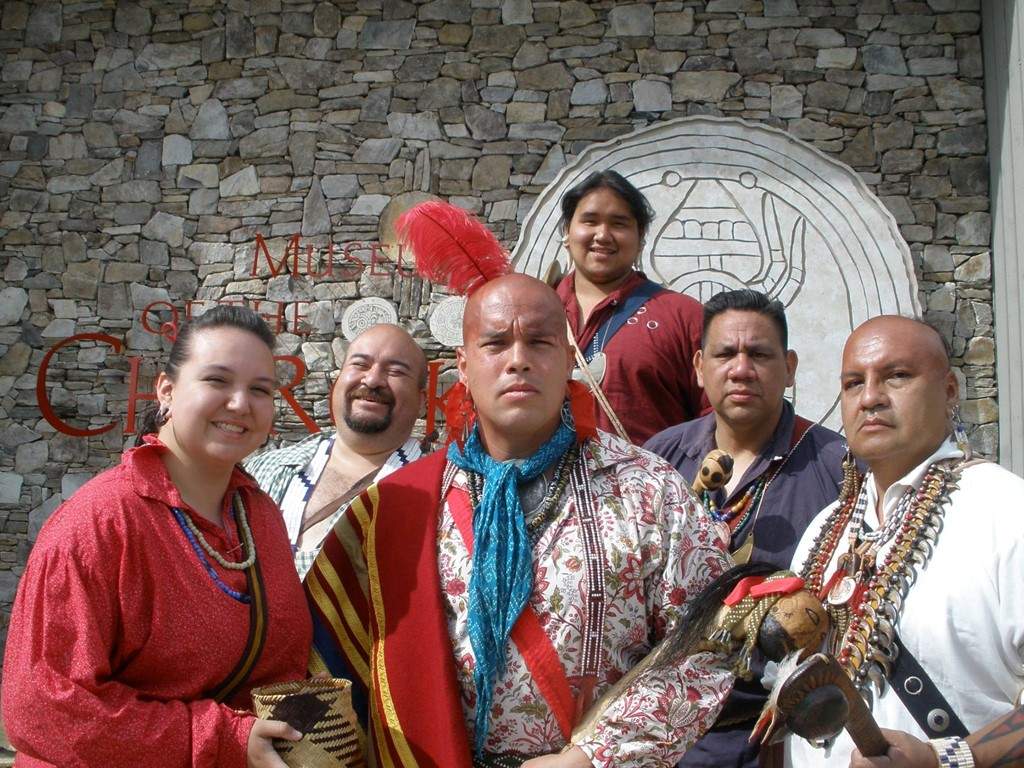
Who Are the Eastern Band of Cherokee Indians?
Hundreds of years ago, the Smoky Mountains were home to numerous Cherokee villages spanning across a vast geographic area throughout Western North Carolina and Eastern Tennessee. Here they had substantial houses – not the teepees you might expect – and there were multiple trade routes throughout the mountains. As European settlers began moving into the region the Cherokee were eager to learn skills from their new neighbors and traded goods with them. By the late 17th century, they had learned how to grow new foods like watermelon and peaches.
The Tribe continued to coexist with settlers for many years in the beginning of the 18th century, but things became more difficult over time. A smallpox epidemic ravaged the Tribe, the military raided and destroyed numerous villages, and numerous peace treaties were made and broken, which led to the Tribe losing 75% if the land they once occupied.
During the Revolutionary War, the Cherokee aligned with the British. Once the war was over, the leaders of a new America began laying the groundwork to forcibly relocate the Cherokee Tribe.
Just prior to the U.S. government moving 14,000 members of the Cherokee Nation off their land in the North American southeast to Arkansas and Oklahoma on the “Trail of Tears”, a small band of Cherokees were given permission to remain in Western North Carolina.
Known as the Oconaluftee Cherokee, they were recognized as separate from the rest of the Cherokee Nation. Together with rebels who hid successfully in the mountains to avoid capture and removal, and others who escaped back home after arriving in Oklahoma, this band became known as the Eastern Band of Cherokee.
During the removal, it’s estimated that a quarter to half of the tribe died along the way, hence the name “Trail of Tears.”
To understand how the Cherokee people have survived almost insurmountable odds for thousands of years, just look to the values at the heart of their culture: Spirituality; Group Harmony; Strong Personal Character; Commitment to Stewarding the Land, Values-oriented Education and a Good Sense of Humor. In hand with these,
“Honoring the past by knowing one’s ancestors, identifying with and belonging to the tribe, and living and preserving Cherokee culture”
is woven through every aspect of their language, food, art, storytelling, games, music, and dance. For the best understanding of what you will experience on your trip, read about these tenets and more at Cherokee Preservation Foundation before your visit.
The Cherokee Community
In the early 1800s, the Eastern Band of the Cherokee government adapted their tribal government to include executive, legislative and judicial branches and a constitution. The tribe lives on the sovereign land they own across five Western North Carolina counties and underwrites the full cost for Cherokee schools, emergency services and other community needs without federal financial assistance.
The Cherokee Tribe especially treasures their near-extinct Cherokee language as a means for next generations to understand their past and preserve their future. At New Kituwah Academy, the “cultural and Cherokee language campus” for the Eastern Band of Cherokee Indians, K to Grade 6 students learn to translate traditional skills and language to develop strong individuals and an increasingly resilient community. Always with an eye to the future, the school teaches tribal youth that they can still embrace modernity without giving up their sovereign rights or traditions. In nearby Cullowhee, NC, Western North Carolina University offers both undergraduate and graduate programs in Cherokee Studies.
What To Do When Visiting Cherokee
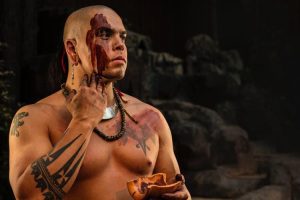 The first stop on your visit to Cherokee, NC should be the Cultural District of Cherokee and the Museum of Cherokee Indians, where you will be fascinated by interactive stories and displays as you uncover the 11,000-year known history of the Cherokee Indians.
The first stop on your visit to Cherokee, NC should be the Cultural District of Cherokee and the Museum of Cherokee Indians, where you will be fascinated by interactive stories and displays as you uncover the 11,000-year known history of the Cherokee Indians.
Settle around the holographic Cherokee storyteller at his fire to hear tales in the original oral tradition. Perhaps you’ll hear the story of Tsali, a Cherokee Indian warrior who killed a US soldier and then, to save his tribe from the Trail of Tears, turned himself in. If you are interested, you can also see the actual rifle used to execute Tsali.
Next, explore the Oconaluftee Indian Village, a living-history museum that replicates everyday life in an 18th-century Cherokee village. You will be escorted by a very knowledgeable tour guide (at 15-minute intervals) on the trails that pass by sacred sites and ancient dwellings and work areas. Your cultural expert also will lead you through the “Craft Line,” where you can learn finger-weaving, basket-making, beadwork, and pottery-throwing from actual artisans who demonstrate the methods of their forebearers.
One of the most unique aspects of this whole adventure is how the Oconaluftee natives welcome your interaction, even as they demonstrate how to hull a canoe, carve a mask, and utilize remarkable weaponry, like blow guns! Don’t be surprised if you momentarily lose yourself in the moment during the “living history” portion of your visit. People often report “getting the chills” or “goosebumps” when they witness the historical battle reenactment. For even more insight, take in a special show of Cherokee tribal dancing or invite a native villager to grab a snack at a picnic table with you. Even if you’re self-conscious at first, you will soon discover their sincere desire to share the past, present, and future of their People with you.
Seen by over 6 million people, “Unto These Hills” is a live, outdoor stage production that tells the story of the Cherokee People from 1780 to the 21st Century. Performed at the newly renovated, 2100-seat Mountainside Theatre, the drama grabs you and keeps you riveted to your seat. The audience gasps and sobs along with the story, their echoes bouncing off the deep surrounding forest, until the crowd finally finds reasons to cheer triumphantly. This is the moment you start to comprehend the Cherokee People. (Insider Tip: The Mountainside Theatre is located near the end of Drama Rd. Keep driving until you see the gold-and-maroon sign. Parking is free.) Learn more here
Where To Shop
Of course, you will want to take home a piece of authentic Cherokee, NC, and no visit would be complete without a shopping trip to the oldest Native American Co-op in the U.S., Qualla Arts and Crafts Mutual Co-op. (“Qualla” is the name of the territory held in trust by the U.S. Government for the Eastern Band of Cherokee.) Hosting over 350 Cherokee artisan members, the co-op offers high-quality Cherokee art and crafts using many of the traditional methods you saw at the Oconaluftee Indian Village.
Native American Craft Shop is another can’t-miss gallery where you can purchase limited-edition giclée prints and rustic home furnishings from the Eastern Band of Cherokee and other Native American artists and crafters.
At the Traditional Hands Native American Jewelry and Art Gallery, immerse yourself in the sights, sounds and smells of Native Cherokee art, spears and drums but also give yourself a few extra minutes to try on the elaborate sterling silver jewelry from Cherokee Master-Silversmith General B. Grant, highlighting his 47 years of tradition and skill. Pay close attention to the creations that feature “Wampum” or Quahog shell, and other meaningful gemstones.
Where To Eat
The Eastern Band of Cherokee has sustained a lifestyle of hunting, gathering and agriculture over thousands of years. They primarily hunt(ed) deer, bear, birds, fish and small mammals, foraged for wild mushrooms and wild ramps, and grew what are known as the “three sisters” – corn, beans, and squash.
Lucky you can try delicious, traditional Cherokee cooking within just a short walk. Schedule your vacation around a famous Cherokee, NC festival, like Rainbows and Ramps (featuring rainbow trout and wild leeks), or the BBQ and Bluegrass Throwdown. Or, visit a local eatery like Native Brews Tap and Grill for unbelievable Fried Deviled Eggs or Paul’s Family Restaurant for Indian tacos in fry bread. The “Indian Specialties” portion of the menu will definitely make your Instagram!
Of course for both casual munching and/or an unparalleled gourmet culinary encounter, Harrah’s Cherokee Casino and Resort in both Cherokee and Murphy, NC offer crème de la crème world-class dining experiences.
Outdoor Adventure
“The Little Brother of War” (Indian Stickball)
Going back generations, tribes were known to seek one final solution to a feud before declaring war – a game of Indian Stickball. Find a raucous live game of the aptly named “The Little Brother of War” in Cherokee, NC during the summer and fall months. Watch as rival teams tackle each other, literally whenever they feel like it, without any protective gear or even a shirt. And there are no timeouts! The rules are decided prior to each match and govern how many sticks each player can use (1 or 2), how many players on each team (9 to 22), how to score a goal (throw the ball through or run around the goal posts) and numerous other varieties of play that keep the matches interesting and fresh. Learn more: How the Eastern Band of the Cherokee Indians Play Stickball.
With river tubing, championship golfing, and fly-fishing readily available in Cherokee, NC, outdoor enthusiasts now have a new reason to celebrate – with adrenaline! The 11-mile-long Fire Mountain Trail invites runners, hikers and mountain bikers to test their grit by tackling numerous, naturally engineered challenges along the way.
Indoor Adventures
 Learned how to hull a canoe? Check. Bought your mom an exquisite silver-and-Wampum bracelet? Check. Ran the trails like a traditional Cherokee warrior? Check. Tasted real Indian frybread? Check. Even tried a Buffalo Ribeye? Check. Okay, you’ve officially dipped the very tip of your little toe into Cherokee traditions and lifestyles. Now let’s go to Harrah’s!
Learned how to hull a canoe? Check. Bought your mom an exquisite silver-and-Wampum bracelet? Check. Ran the trails like a traditional Cherokee warrior? Check. Tasted real Indian frybread? Check. Even tried a Buffalo Ribeye? Check. Okay, you’ve officially dipped the very tip of your little toe into Cherokee traditions and lifestyles. Now let’s go to Harrah’s!
Harrah’s Cherokee Casino Resort boasts unrivaled relaxation and non-stop fun in their 21-story hotel with spacious rooms, unsurpassed views, and plasma televisions. The most popular games of chance, world-class live shows and entertainment, luxurious spa treatments and gourmet dining await you.
Is this a family vacation? Harrah’s Cherokee Valley River Casino & Hotel, just outside of nearby Murphy, NC is welcoming all ages to its Ultra Star Multi-Tainment Center with its state-of-the-art bowling alley, cosmic arcade games, pool tables, and a plethora of iconic and gourmet restaurants to try!
(Insider Tip: Now may be the right time to schedule a few extra days with your Cherokee vacation!”)
NC Smoky Mountain Cherokee History and Culture
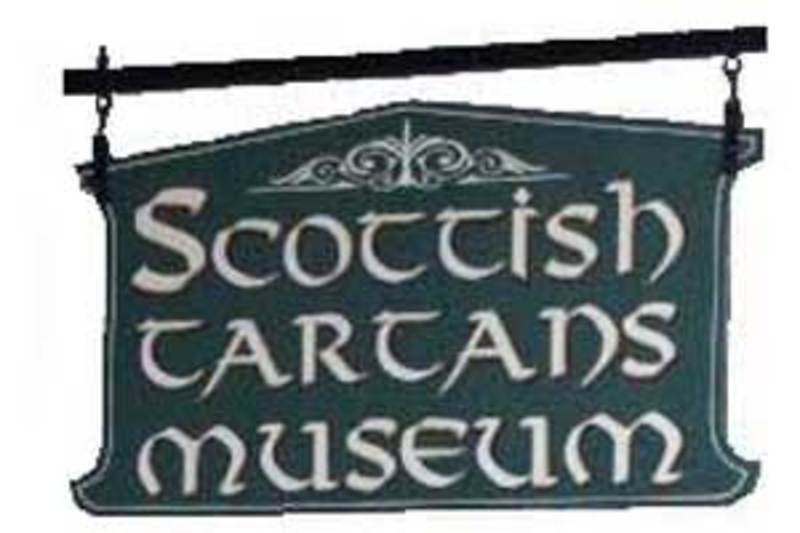
The Scottish Tartans Museum contains the official registry of all publicly known Tartans. A non...

Features slots, traditional table gmes, ten restaurants, shopping, entertainment, 1,100 guest rooms, spa, 3,000 seat...

The Franklin Gem and Mineral Museum is located downtown in the historic 1850's jail. There...
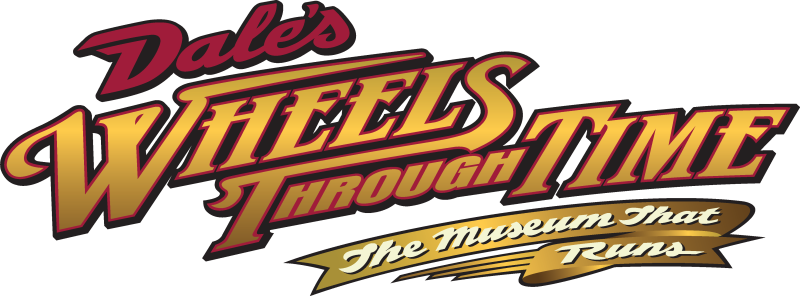
The Wheels Through Time Museum is home to the world’s premier collection of rare American...

Whether you're visiting in the mountains or live here year 'round, put Western Carolina University...

23rd Taste of Scotland & Celtic Festival - FATHER's DAY WEEKEND - Historic Franklin -...

The Stecoah Valley Cultural Arts Center is a non-profit corporation formed by a group of...

The Oconaluftee Indian Village is a re-created village of the 1700's. Visitors experience the everyday...
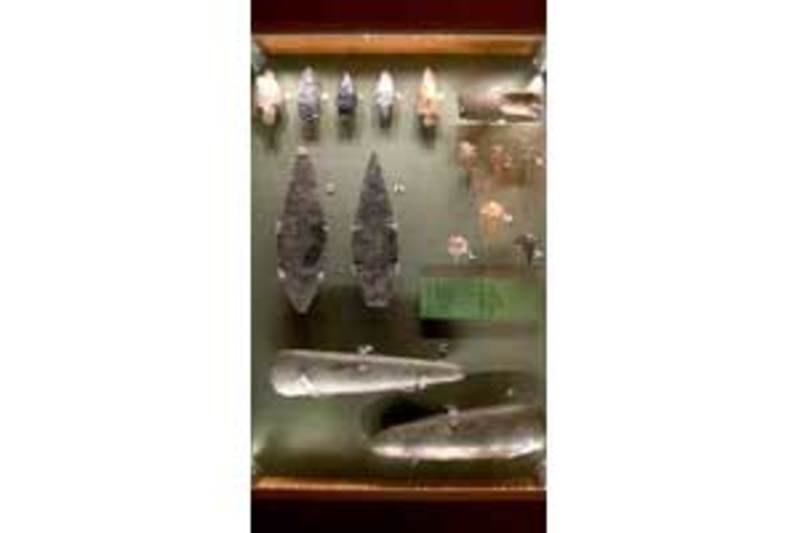
The Museum of the Cherokee Indian takes visitors all the way back to the beginnings...

Nation's oldest folk school founded in 1925. Crafts, music, dance, other Appalachian traditions are taught...

1,200 slot machines, 30-40 gaming tables, 300-room hotel, food market including: Nathan's Famous Panda Express...
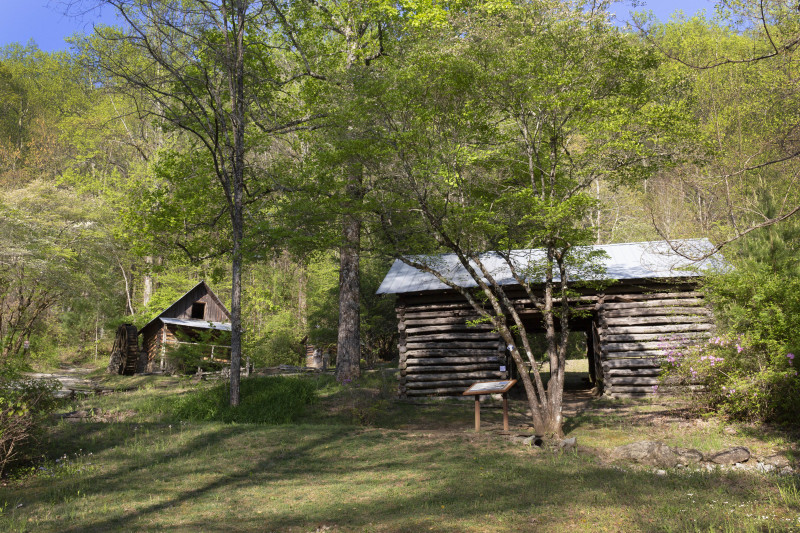
Discover Foxfire! Come hike through history at our Appalachian village, made up of over 20...
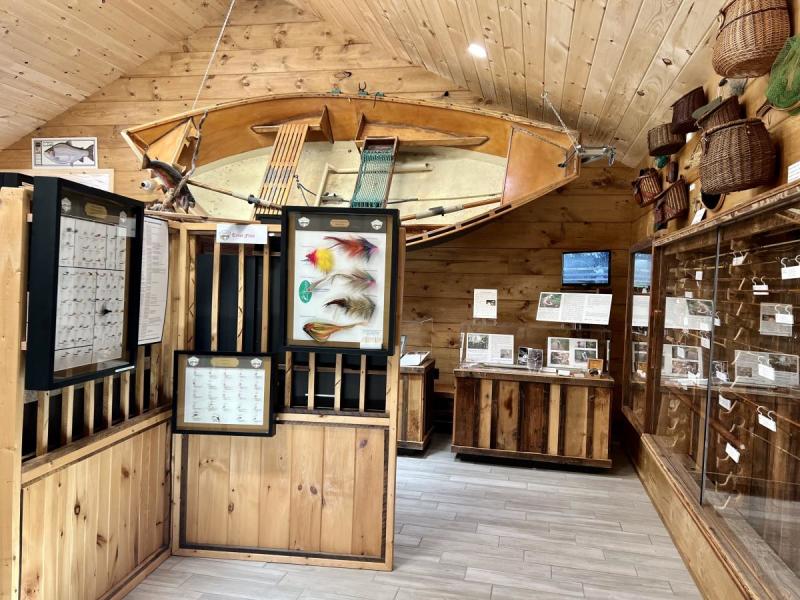
We are now open in our new location at 117 Island Street, next door to...

Built in 1943 on the site of a Civilian Conservation Corps camp, the Cowee School...

The museum is housed in a historic Carnegie Library building in downtown Murphy.The Museum's exhibits...

Our American Museum of the House Cat is a Mecca of antiquities and oddities that...
